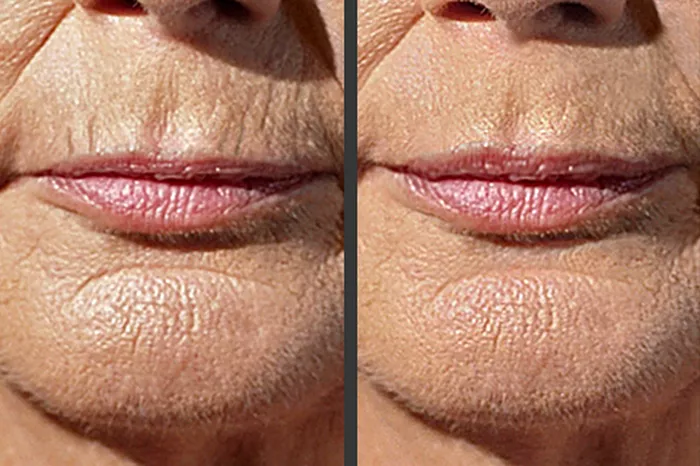Nasolabial folds, also known as smile or laugh lines, are the creases that run from the sides of the nose to the corners of the mouth. While these folds are a natural part of facial aging, many individuals seek treatments to reduce their appearance. In this article, we explore the best treatments for nasolabial folds, ranging from non-surgical options to surgical interventions.
Causes of Nasolabial Folds
Nasolabial folds develop due to a combination of factors, including:
Aging: As we age, the skin loses collagen and elastin, leading to sagging and the formation of wrinkles.
Genetics: Some individuals are genetically predisposed to developing deeper nasolabial folds.
Sun Exposure: UV rays can damage the skin and accelerate the aging process, including the formation of wrinkles.
Smoking: Smoking reduces blood flow to the skin and damages collagen, leading to premature aging and the formation of wrinkles.
Non-Surgical Treatments
Dermal Fillers: Hyaluronic acid fillers can be injected into the nasolabial folds to add volume and reduce the appearance of wrinkles.
Laser Treatments: Laser resurfacing can stimulate collagen production, improving skin texture and reducing the depth of nasolabial folds.
Chemical Peels: Chemical peels can exfoliate the skin, leading to smoother skin and reduced wrinkles.
Surgical Treatments
Facelift: A facelift can tighten sagging skin and underlying tissues, reducing the appearance of nasolabial folds.
Fat Transfer: Fat can be harvested from other areas of the body and injected into the nasolabial folds to add volume and reduce wrinkles.
Combination Treatments
Some individuals may benefit from a combination of non-surgical and surgical treatments to achieve optimal results. For example, dermal fillers can be used to provide immediate volume, while a facelift can address underlying sagging skin.
Recovery and Results
The recovery time and results vary depending on the treatment chosen. Dermal fillers and laser treatments typically require minimal downtime, with results lasting several months to a year. Surgical treatments such as facelifts have a longer recovery time but can provide more long-lasting results.
Conclusion
In conclusion, several effective treatments are available for reducing the appearance of nasolabial folds. The best treatment option depends on individual factors such as skin condition, desired results, and tolerance for downtime. Consulting with a qualified cosmetic surgeon or dermatologist is recommended to determine the most suitable treatment plan.


